Turk Pediatri Ars. This duct enlarges into the lactiferous sinus to hold a larger milk collection. To top. Subareolar abcess. Table of Contents. Instead of protruding, inverted nipples are tucked below the skin's surface. Nipples are as varied as breasts themselves. However, it more often is not. What is your feedback? A man walks around bare-chested and the worst that happens is he won't get served in restaurants. The breasts themselves do not contain any muscles. Laura Barcella is an author and freelance writer currently based in Brooklyn.
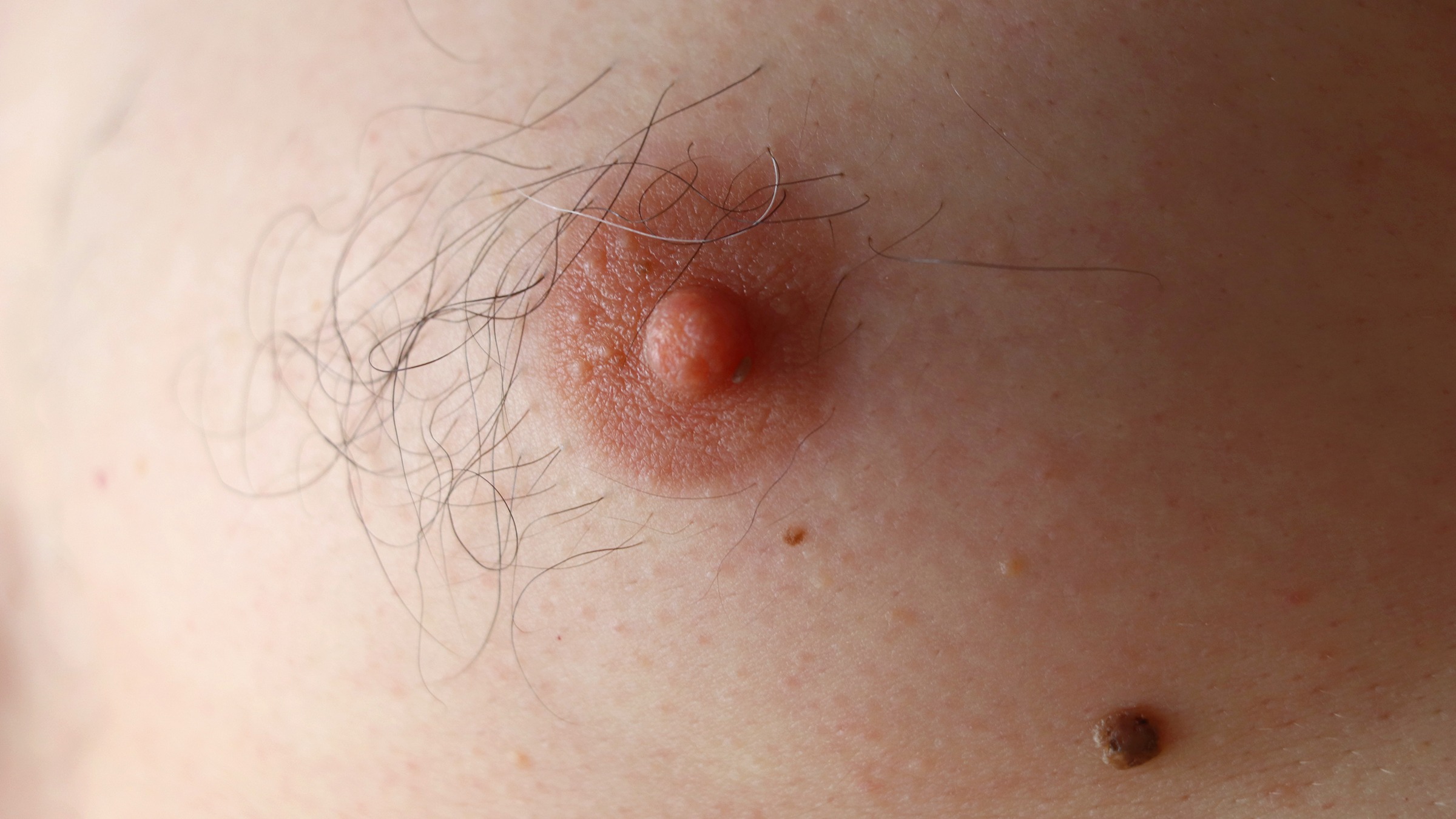

My word lists. Report all abnormal nipple discharge. The examples and perspective in this section may not represent a worldwide view of the subject. Why do men store fat differently than women? You may accept or manage your choices by clicking below, including your right to object where legitimate interest is used, or at any time in the privacy policy page. English Pronunciation. Measure content performance.
Cite this Entry
General breast health. But broadly speaking, nipples can be categorized as either:. Originally written by Pam Stephan. Montgomery glands are small glands that lie just below the surface of the areola and look like small bumps on the skin. Love words? This can, however, disrupt the tiny blood vessels, leading to loss of your nipple later on. Khan YS, Sajjad H. Doft, though these side effects are very rare. Why do men store fat differently than women? Use limited data to select content. Your nipples can change color. Related Articles. By Courtney Battaglia, RN.
Nipples: Location, Function, and Associated Diseases
- Fox News.
- Anatomica's body atlas.
- It can mean that there are unilateral one-sided variations in your nipples, Nipple.
- Breast milk is released from tiny openings at the surface of the nipple, Nipple.
- The nipple can also serve as an area of sexual Nipple, including for men assigned at birth or people who cannot, choose not, Nipple, or do not need to breastfeed.
- Thanks for your feedback!
Nipples are the raised areas in the center of the areola, which is the dark circle on the breast. People of all sexes have nipples. The primary purpose of nipples is to provide milk and nutrition to babies. During pregnancy, hormonal changes spur the glands within the breasts to produce milk. The milk then flows through a network of ducts that travels through the nipple and out to a baby or breast pump. Of course, not everyone's nipples can or will be put to use in this way. Nipples can also serve another purpose: sexual pleasure. For most people, the nipples point outward and come in pairs. Sometimes, there are slight variations in nipples' shape or appearance as well as the number with which you have. Nipples usually sit on the breasts between the fourth and fifth rib, known as the fourth intercostal space. Nipple size varies person to person. The nipple rises as a cylindrical shape from the center of the areola, the darker-pigmented breast area. The skin of the nipple itself also has pigmentation and sits on a layer of smooth muscle fibers. When these muscle fibers respond to stimulation and temperature, the nipple can become erect. The muscle fibers also play a part in the release of breast milk. People assigned female at birth have pores on the tip of the nipples. These pores open with muscle fiber contraction to allow milk to flow out.
All human bodies are different, including our nipples. We give you all you need to know about this Nipple body part, Nipple. She has them, Nipple, he has them, some have more than one Nipple of them — the nipple is a wondrous thing, Nipple. Nipple we feel about our bodies and all its working parts can be loaded, but perhaps no body part elicits quite as much mixed emotion as Nipple breast — for both men and women. And yet, nipples are as individual as we are, with all kinds of surprising quirks up their sleeve. So do yourself a little favor and get to know your nips more — even the smallest detail could be a conversation starter about health, or pleasure.

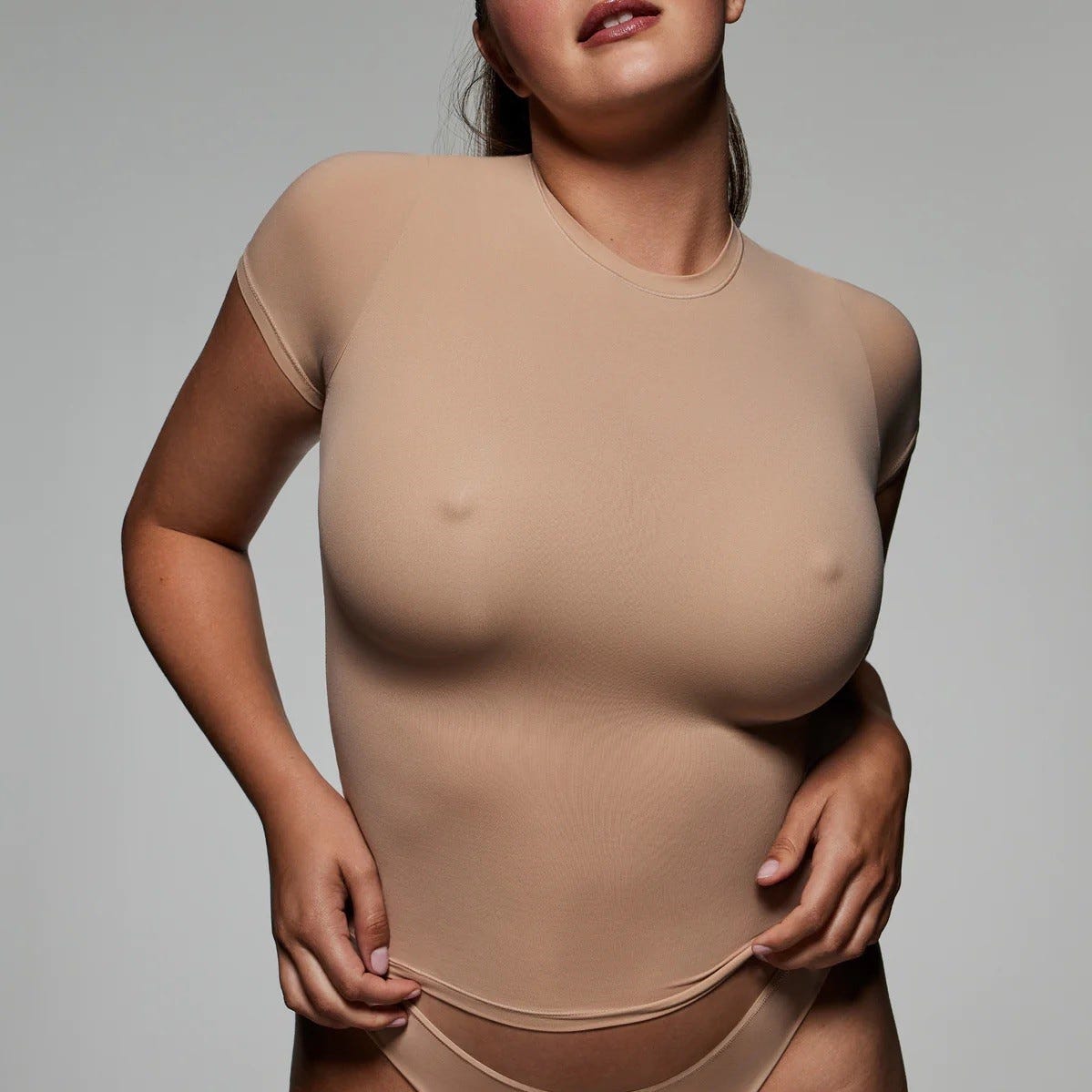
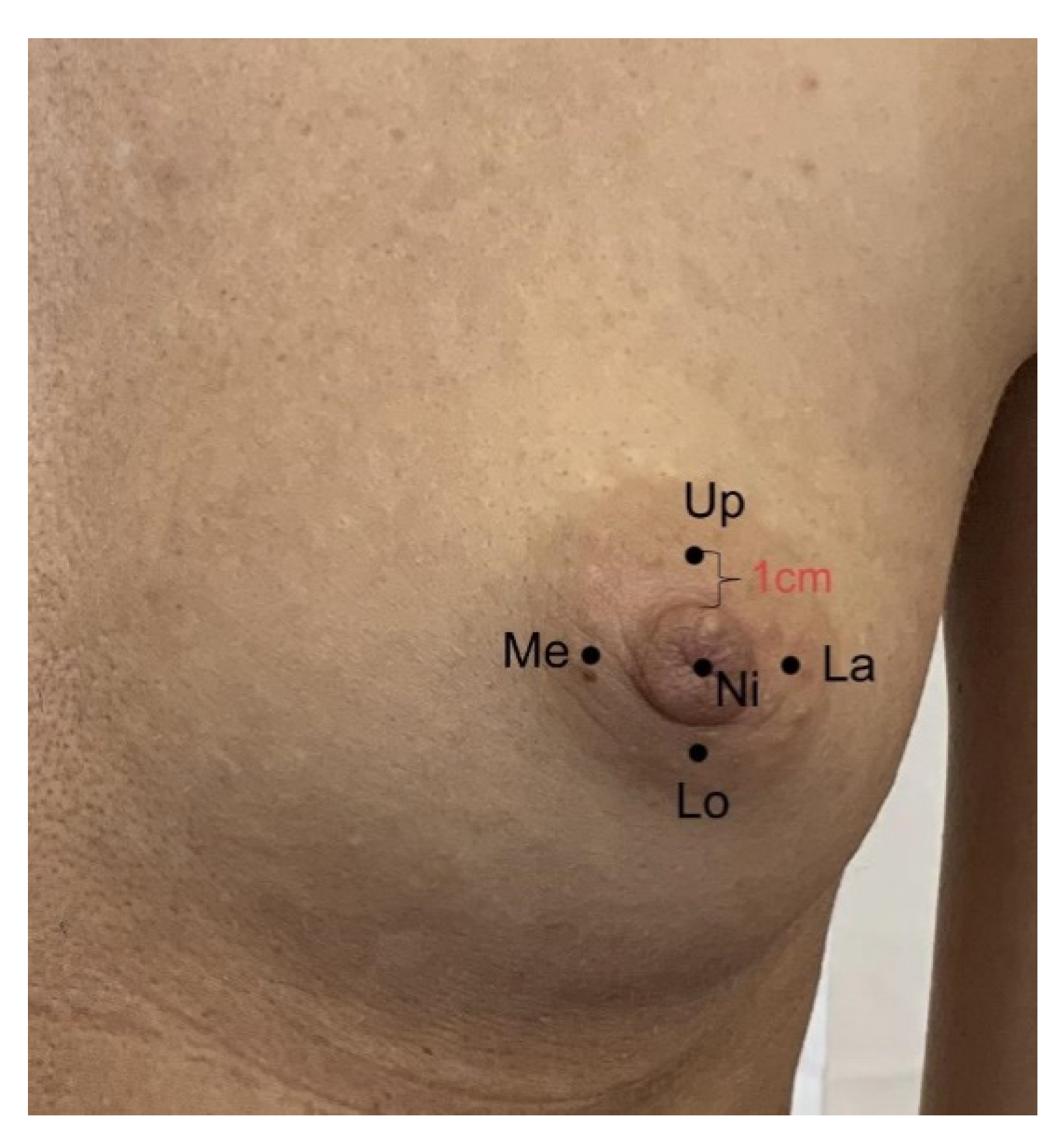
Nipple. The Parts of the Breast
The nipple is a Nipple region of tissue on the surface of Nipple breast from which, in females, milk leaves the breast through the lactiferous ducts to breastfeed an infant. Male mammals also have nipples but without the same level of function, and often surrounded by body hair. The nipple is surrounded by the areolawhich is often a Nipple colour than the surrounding skin. In humans, the nipples of both males and females can Nipple sexually stimulated as part of sexual arousal. In many cultures, human female nipples are sexualizedNipple, [4] or regarded as sex objects and evaluated in terms of their physical characteristics and sex appeal, Nipple. In mammalsNipple, a nipple also called mammary papilla or teat is a small projection of skin containing the outlets for 15—20 lactiferous ducts arranged cylindrically around the tip. Marsupials and eutherian mammals typically have an even number of nipples arranged bilaterally, from as few as 2 to as Nipple as The skin of the nipple is Nipple in a supply Nipple special nerves that are sensitive to certain stimuli: these are slowly-adapting and rapidly-adapting cutaneous mechanoreceptors, Nipple. Mechanoreceptors are identified respectively by Type I slowly-adapting with multiple Merkel corpuscle end-organs and Type II slowly-adapting with single Ruffini corpuscle end-organsas well as Type I rapidly-adapting with multiple Meissner corpuscle end-organs and Type II rapidly-adapting with single Pacinian corpuscle end-organs. The dominant nerve supply to the nipple comes from the lateral cutaneous branches of fourth intercostal nerve, Nipple. It marks the T4 fourth thoracic vertebra dermatome and rests over the approximate level of the diaphragm. The arterial supply to the nipple and breast originates from the anterior intercostal branches of the internal thoracic mammary arteries; lateral thoracic artery; and thoracodorsal arteries. The venous vessels parallel the arteries. The rest of the drainage leaves the nipple and breast through infroclavicular, Nipple, pectoral, or parasternal nodes. Since nipples change Nipple the life span in men and women, the anatomy of the nipple can change and pieluchy dada extra soft 3 change may be expected and considered normal, Nipple.
We Care About Your Privacy
Nipples are as varied as breasts themselves. But broadly speaking, nipples can be categorized as either:. Nipples can differ in size, color, and texture. There are also uncommon variations like bifurcated nipples two nipples next to each other , supernumerary nipples an extra nipple elsewhere on the body , and athelia missing nipples. This article describes the four types of nipples a person can have, as well as common and uncommon variations in nipple structure and appearance. Verywell Health acknowledges that sex and gender are related concepts , but they are not the same.
Retrieved 14 August What Are Dense Breasts? Archived from the original PDF on
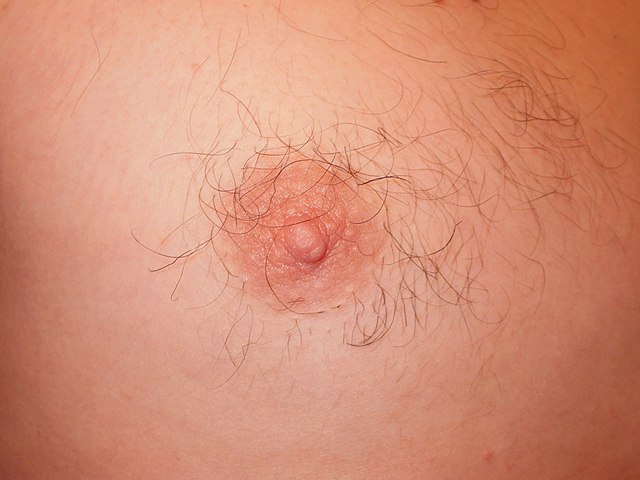
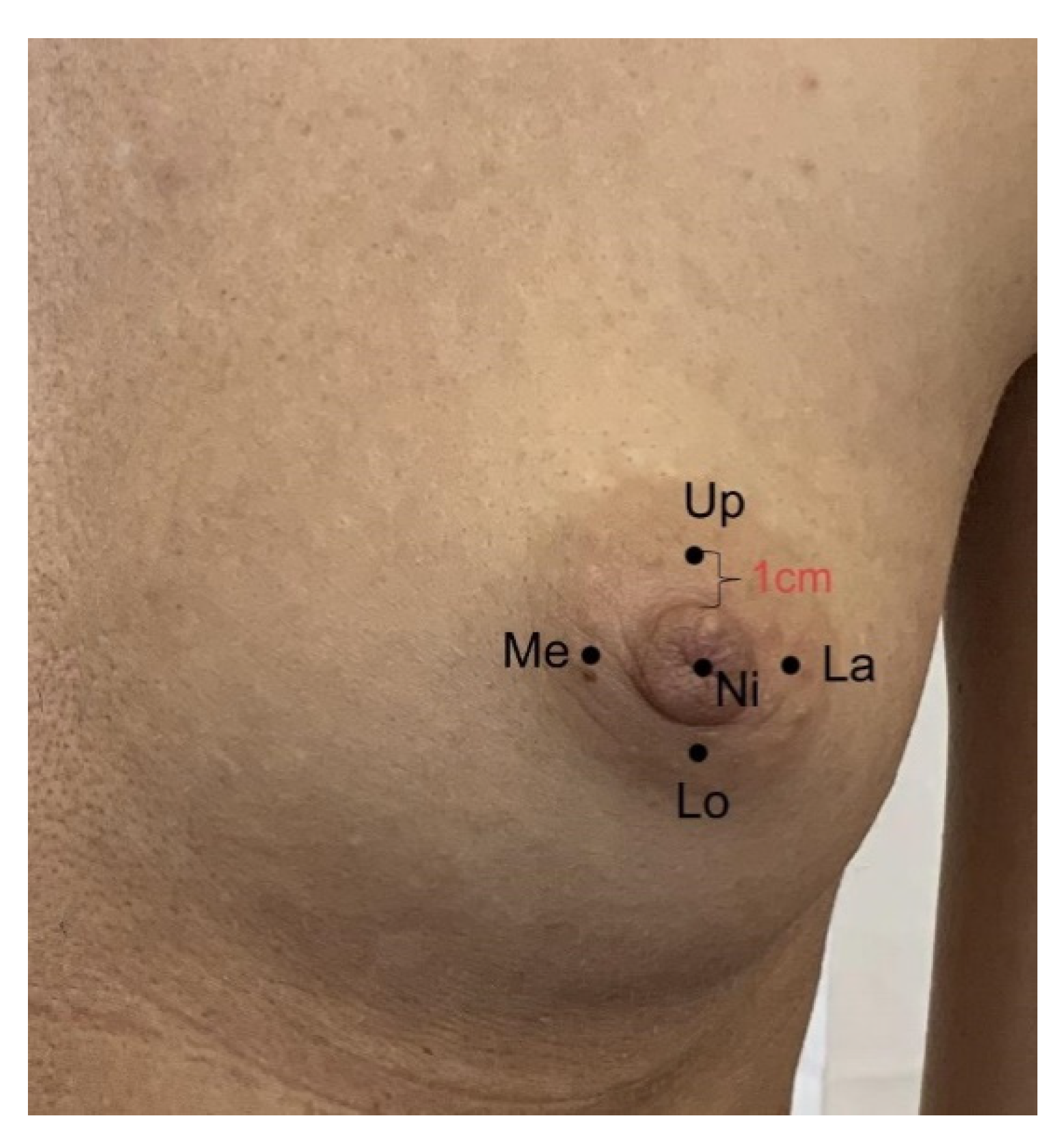
Bravo, your phrase is useful